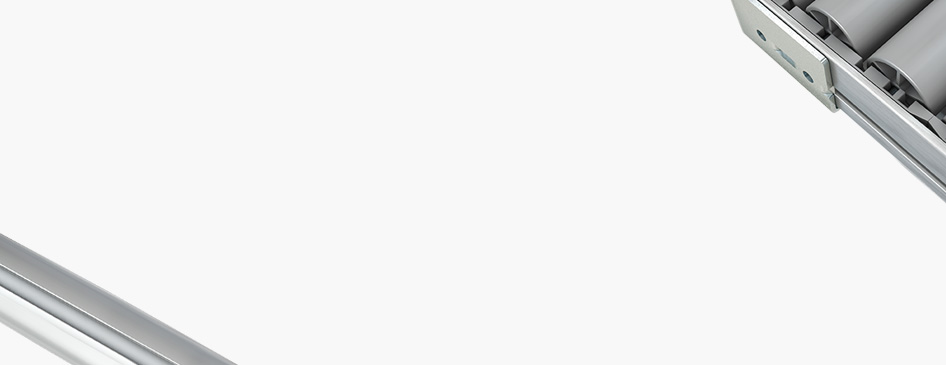
Seleccione uno
o más idiomas
0,1,3
- Alemán
- Inglés
- Chino
- Español
Sellador
Los selladores se usan para sellar uniones y espaciamientos en aplicaciones estáticas. En algunos casos, también unen componentes.
A diferencia de los sellos, los selladores se adhieren a las piezas a ser unidas. Esta adhesión puede basarse en pegamentos químicos o interacciones físicas. La cohesión ayuda a proteger al sellador de su destrucción.
Una diferencia clave entre los selladores es el tipo de reacción que muestran:
Química, por ejemplo el endurecimiento de siliconas cuando son expuestas al aire o de sistemas de dos componentes tales como polisulfuros cuando se agregan endurecedores
Física, por ejemplo los selladores CIP (curado en sitio) y FIP (conformado en sitio) curables con UV que se aplican en una ubicación en particular y fraguan en una forma requerida
Sin reacción, por ejemplo los selladores de dispersión o de butilo
Se distingue además entre los selladores basados en sus propiedades mecánicas (elásticas a plásticas) y su utilización.
Los componentes pueden protegerse contra la acción de los selladores al aplicar, por ejemplo, cintas de antemano.
Dichtstoff
Dichtstoffe werden zum Abdichten von Fugen und Spalten bei statischen Anwendungen eingesetzt. Zuweilen werden sie auch gleichzeitig zum Verbinden von Bauteilen verwendet.
Anders als Dichtungen haften Dichtstoffe an den zu verbindenden Teilen. Die Adhäsion kann auf chemischen Bindungen oder physikalischen Wechselwirkungen basieren. Kohäsion sorgt für eine Unempfindlichkeit des Dichtstoffes gegen Zerstörung.
Unterschieden werden Dichtstoffe unter anderem nach ihrer Reaktivität:
- Chemisch, etwa durch Verfestigung von Silikonen bei Luftzutritt oder von Zwei-Komponentensystemen wie Polysulfiden durch Zufügen von Härtern
- Physikalisch, beispielsweise durch UV-Licht aushärtbar wie FIP- und CIP-Dichtstoffe, die an einer Stelle aufgetragen werden und in der gewünschten Form aushärten (Form-in-Place, Cure-in-Place)
- Nicht reaktiv, etwa Butyl- oder Dispersionsdichtstoffe
Außerdem werden sie nach ihren mechanischen Eigenschaften (elastisch bis plastisch) sowie nach ihrer Anwendung differenziert.
Um die Bauteile vor Einwirkungen der Dichtstoffe zu schützen, können Dichtstoffvorlagen verwendet werden.
Sealant
Sealants are used to Seal joints and gaps in static applications. In some cases, they also bond components together.
Unlike seals, sealants adhere to the parts to be joined. This adhesion can be based on chemical bonds or physical interactions. Cohesion helps protect the sealant from being destroyed.
One key difference between sealants is the type of reaction they exhibit:
- Chemical, for example the Hardening of silicones when exposed to air or of two-component systems such as polysulphides when hardeners are added
- Physical, for example UV-curable FIP (form-in-place) and CIP (cure-in-place) sealants that are applied at a particular location and set in the required shape
- No reaction, for example butyl or dispersion sealants
Further distinctions are made between sealants based on their mechanical properties (elastic to plastic) and usage.
Components can be protected against the action of sealants by applying e.g. tapes beforehand.
密封胶
密封胶用来密封静态应用中的节点和缝隙。在一些情况下,它们也可将部件连接在一起。
不同于密封件,密封胶与要连接的部件粘连。这种粘合是基于化学连接或物理连接的。内聚力可防止密封胶被破坏。
密封胶间关键的不同在于它们表现出的反应形式:
化学,例如当与空气接触时硅的硬化或加入硬化剂的多硫化物两组元系统
物理,例如紫外固化 FIP (点胶工艺)和应用在特殊位置和设定为特定形状的 CIP (现场固化)密封胶
没有反应发生,例如丁基合成橡胶或弥散密封胶
根据机械性能(弹性到塑形)和使用情况,对密封胶有进一步的区分。
例如通过提前封住等方法可使部件不受密封胶的影响。
近义词
点胶工艺
现场固化
